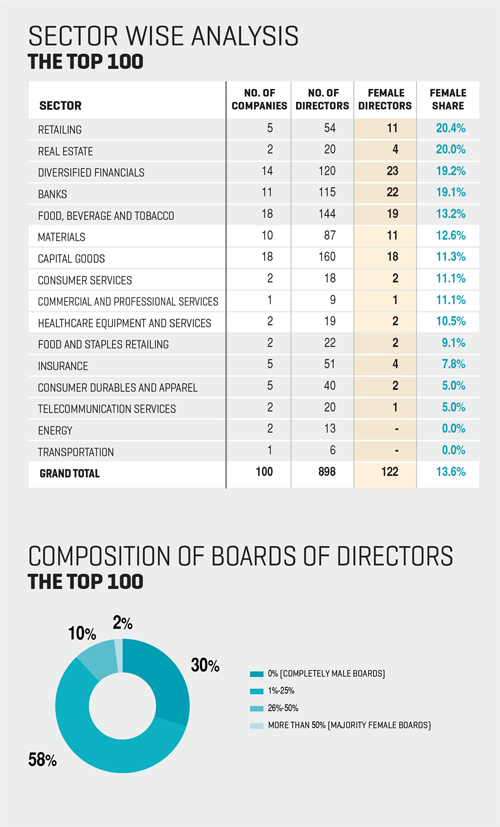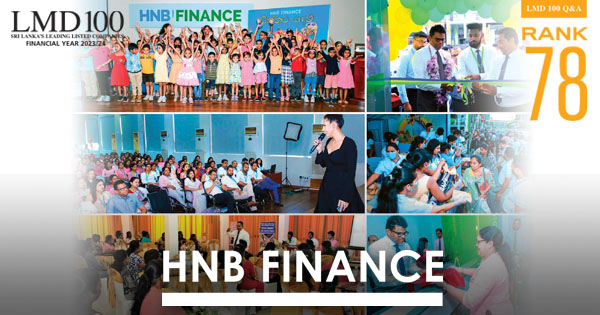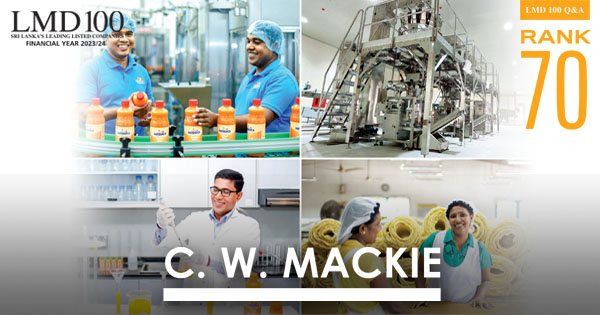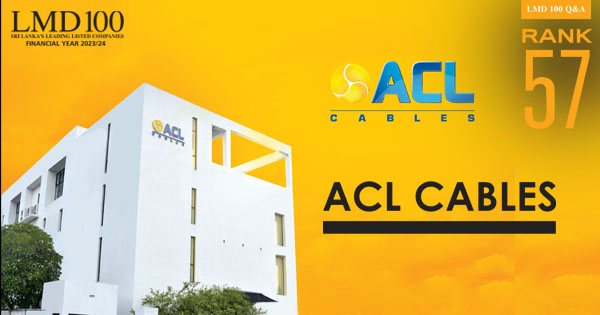THE GENDER SCORECARD
More needs to be done to break the glass ceiling and bridge the gender gap in business

“Women are more ambitious than ever and workplace flexibility is fuelling them. Yet, despite some hard-fought gains, women’s representation is not keeping pace,” the ninth edition of the Women in the Workplace report states.
The survey results indicate that women exhibit the same level of commitment to their careers and eagerness for promotions as their male counterparts. At the director level, both women and men express equal interest in senior leadership roles – and notably, young women demonstrate ambition.
An impressive nine out of 10 women under the age of 30 express a desire for promotion to the next level with three in four aspiring to attain senior leadership positions.
Contrastingly, the recent Gender Social Norms Index (GSNI) report released by the UNDP paints a less optimistic picture.
It highlights a persistent lack of improvement in biases against women over the past decade with nearly nine out of 10 men and women worldwide still holding such biases. Notably, more than 40 percent of respondents believe that men are better suited for business executive roles than women.
The United Nations Development Programme report underscores that biases are evident in the stark underrepresentation of women in leadership roles with women holding less than a third of managerial positions in the labour market.
Despite women being more skilled and educated than ever before, the report reveals a concerning trend: even in the 59 countries where women now surpass men in education, the average gender income gap remains alarmingly high at 39 percent in favour of men.
Here at home, within the economically active population of some 8.5 million, 72 percent are males with females constituting only 28 percent, which sheds light on existing gender disparities in the workforce.
On a global and regional scale, Sri Lanka experienced a decline in the World Economic Forum’s (WEF) Global Gender Gap Index 2023, dropping to the 115th position from its 2022 ranking of 110. This places Sri Lanka behind Bangladesh (No. 59) and Bhutan (103), but ahead of the Maldives (124), India (127) and Pakistan (142).
Examining sub-indices, Sri Lanka’s rankings in economic participation and opportunity, educational attainment and political empowerment were 124th, 85th and 106th respectively. These rankings further underscore the challenges in gender equality in this country.
According to the Sri Lanka Labour Force Survey for the first quarter of 2023, the documented female labour force participation has remained static, hovering at slightly above 32 percent. This presents a setback of sorts, considering that the first quarter of the prior year recorded a slightly higher rate of 33.6 percent.
The employment rate for men in the first quarter of 2023 (69.6%) was more than double that of women. Unemployment rates for women in this quarter exhibited an increase to seven percent from the 6.5 percent recorded in the comparable period of 2022.
In the context of Sri Lanka’s leading listed entities, two LMD 100 corporations now boast boards with a majority (i.e. over 50%) of women – an increase from one entity in the preceding financial year. Additionally, 10 LMD 100 boards have a female representation ranging from 26 to 50 percent, which reflects a notable rise from the previous five percent.
An analysis conducted for financial year 2022/23 within the framework of the LMD 100 assessed the number and proportion of directorships held by women. The analysis also delved into female representation across 16 business sectors including banking, capital goods, commercial and professional services, consumer services, diversified financials, energy, insurance, food, beverage and tobacco, telecommunication services and retailing.
While there has been some improvement, there’s still ample room to achieve a more balanced gender mix within the boards of Sri Lanka’s LMD 100 corporates.






